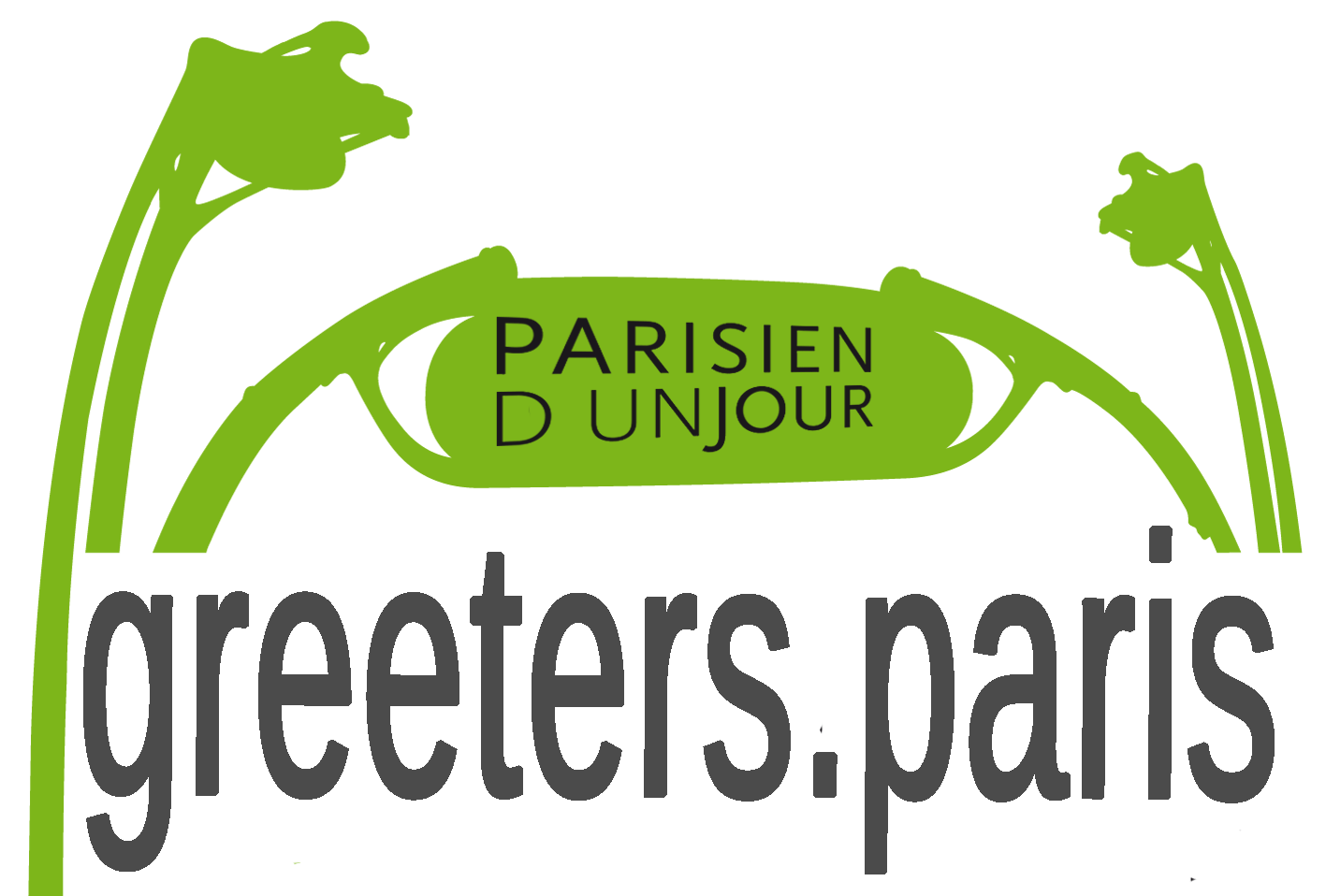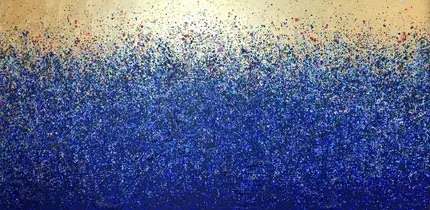
There are three major cemeteries in Paris (and a few smaller ones on which I have posted like Picpus, Calvaire, Batignolles, Charonne… – and Passy which I have not yet posted about).
Regarding the three bigger ones, I have already posted about the Montmartre and the Père Lachaise cemeteries – the third one is the Montparnasse Cemetery. Since the shutting down of the “Cimetière des Innocents” in 1786 (see previous post), cemeteries were actually banned within Paris and created outside the city limits. However, as Paris got bigger, most of these cemeteries became again part of the Paris landscape. This is also the case for the Montparnasse cemetery which was created in 1824 on farmland. There was even a windmill, which is still there – without its sails.
Regarding the three bigger ones, I have already posted about the Montmartre and the Père Lachaise cemeteries – the third one is the Montparnasse Cemetery. Since the shutting down of the “Cimetière des Innocents” in 1786 (see previous post), cemeteries were actually banned within Paris and created outside the city limits. However, as Paris got bigger, most of these cemeteries became again part of the Paris landscape. This is also the case for the Montparnasse cemetery which was created in 1824 on farmland. There was even a windmill, which is still there – without its sails.

 This is now the second biggest graveyard in Paris (after Père Lachaise). There are some 35.000 tombs and when I started to look for the most interesting ones it was not always easy to find them.
This is now the second biggest graveyard in Paris (after Père Lachaise). There are some 35.000 tombs and when I started to look for the most interesting ones it was not always easy to find them.  However, there are a lot famous people buried here, some names perhaps rather known by French people only: Arago, Bartholdi, Baudelaire, Simone de Beauvoir, Samuel Beckett, Alphonse Boudard, Brassaï, Jean Carmet, André Citroën, Jacques Démy, Alfred Dreyfus, Marguerite Duras, César Franck, Charles Garnier, Clara Haskil, Eugène Ionesco, Joseph Kessel, Maurice Leblanc, Pierre Louÿs, Man Ray, de Maupassant, Poincaré, Jean Poiré, Prudhon, Saint-Saëns, Sainte Beuve, J-P Sartre, Claude Sautet, Jean Seberg, Delphine Seyrig, Susan Sontag, Cécile Sorel, Soutine, Tupor, Tzara, Zadkine… I found a few:
However, there are a lot famous people buried here, some names perhaps rather known by French people only: Arago, Bartholdi, Baudelaire, Simone de Beauvoir, Samuel Beckett, Alphonse Boudard, Brassaï, Jean Carmet, André Citroën, Jacques Démy, Alfred Dreyfus, Marguerite Duras, César Franck, Charles Garnier, Clara Haskil, Eugène Ionesco, Joseph Kessel, Maurice Leblanc, Pierre Louÿs, Man Ray, de Maupassant, Poincaré, Jean Poiré, Prudhon, Saint-Saëns, Sainte Beuve, J-P Sartre, Claude Sautet, Jean Seberg, Delphine Seyrig, Susan Sontag, Cécile Sorel, Soutine, Tupor, Tzara, Zadkine… I found a few:

 … and paid special attention to a few other ones, like the one of Serge Gainsbourg - famous poet, composer, singer and Gitanes smoker
… and paid special attention to a few other ones, like the one of Serge Gainsbourg - famous poet, composer, singer and Gitanes smokerSome tombs are nicely decorated with fresh flowers, others are abandoned.
 Here are some other tombs.
Here are some other tombs.
 One tomb intrigued me. No name, except “Jean-Jacques” and a phrase signed Niki (Saint Phalle). I guessed it, but it took me some time to get it confirmed that the sculpture - see also the top picture - is made by Niki’s husband Jean Tinguely and it's called "Birdman". Niki made another one for her long time assistant, Ricardo (Menon).
One tomb intrigued me. No name, except “Jean-Jacques” and a phrase signed Niki (Saint Phalle). I guessed it, but it took me some time to get it confirmed that the sculpture - see also the top picture - is made by Niki’s husband Jean Tinguely and it's called "Birdman". Niki made another one for her long time assistant, Ricardo (Menon). 
This one is also quite different; Charles Pigeon (an inventor), in bed with his wife, fully dressed and with a book in his hands. 
 One last thing: I found the Adams Family grave.
One last thing: I found the Adams Family grave.

 One last thing: I found the Adams Family grave.
One last thing: I found the Adams Family grave.






 Here are some of the high speed trains, leaving and at quay. (
Here are some of the high speed trains, leaving and at quay. ( In order to accommodate to an expected increased traffic, large parts of the station have recently been renovated (partly still ongoing) and you can now find a modern commercial centre on two levels. There is a large painting exposed which illustrates the happy and optimistic departure of some young men for WW I.
In order to accommodate to an expected increased traffic, large parts of the station have recently been renovated (partly still ongoing) and you can now find a modern commercial centre on two levels. There is a large painting exposed which illustrates the happy and optimistic departure of some young men for WW I. 


 The land now occupied by the Père Lachaise cemetery (see previous
The land now occupied by the Père Lachaise cemetery (see previous 


 Today the “vespasiennes” have been replaced by “
Today the “vespasiennes” have been replaced by “ Nicer, free of charge and public toilets can be found here and there, e.g. in the metro station “Palais Royal – Musée du Louvre”. (Thanks
Nicer, free of charge and public toilets can be found here and there, e.g. in the metro station “Palais Royal – Musée du Louvre”. (Thanks  The nicest public toilet in Paris can however be found close to the Madeleine Church. It was created in 1905, is classified as a historical monument and considered as (one of) the most beautiful public toilet(s) in the world. You can see more details on my
The nicest public toilet in Paris can however be found close to the Madeleine Church. It was created in 1905, is classified as a historical monument and considered as (one of) the most beautiful public toilet(s) in the world. You can see more details on my 



 In the very beginning of the 19th century more ground was bought by some of the concerned families and the place became a cemetery for some noble families and a new convent and chapel were created with the task to offer peace and comfort to the buried. The cemetery itself is very small, but there is a big garden with - at the moment – a lot of roses.
In the very beginning of the 19th century more ground was bought by some of the concerned families and the place became a cemetery for some noble families and a new convent and chapel were created with the task to offer peace and comfort to the buried. The cemetery itself is very small, but there is a big garden with - at the moment – a lot of roses.  In the modest chapel there is a small sculpture of a 16th century “Vierge de la Paix” (Virgin of Peace) or “Notre Dame de la Paix”, which is said to once have miraculously cured Louis XIV and was the object of great devotion and a symbol of peace.
In the modest chapel there is a small sculpture of a 16th century “Vierge de la Paix” (Virgin of Peace) or “Notre Dame de la Paix”, which is said to once have miraculously cured Louis XIV and was the object of great devotion and a symbol of peace.  However, “only” 108 of the 1300 guillotined were nobles. Among the victims were also e.g. 16 nuns who were brought to the scaffold together and became beatified in 1906.
However, “only” 108 of the 1300 guillotined were nobles. Among the victims were also e.g. 16 nuns who were brought to the scaffold together and became beatified in 1906.



 What is possibly more interesting here is the number of personalities related to this street.
What is possibly more interesting here is the number of personalities related to this street.








 … flowers…
… flowers…  … and of course the usual installations for kids (including again a Guignol – puppet show - theatre), for drinking and eating.
… and of course the usual installations for kids (including again a Guignol – puppet show - theatre), for drinking and eating. 














